#andrew ford
Text
Herodotus and Poetry
“Herodotus, then, was not only deeply interested in the Muses’ arts but, when necessary, a scrupulous and intelligent reader of poetry. His complex stance can be summed up by returning to the opening of the Histories and noticing precisely where the story begins (1.2-6). Having promised to tell “what caused” the Greeks and Persians to fight, Herodotus begins by surveying a series of legends in which Eastern women were stolen by Greeks and vice versa. Phoenicians started everything, “they say,” when they kidnapped Io, a young woman from Argos in the Peloponnesus and ran off to Egypt. The story of Europa is then introduced as the Greek response, portraying her not on the back of a tauriform Zeus, but as a maid from Phoenician Tyre snatched away by Greeks. The story of Jason and Medea is told next, as the tale of a kidnapped princess from the Black Sea. Finally comes Paris, who carried the Greek beauty Helen off to Troy and so sparked the first war between East and West. Herodotus is noncommittal on the veracity of these traditions, many of which, despite being attributed to “learned Persians” and others, were surely circulating in Greek poems. As an ensemble, as a tit-for-tat series of narratives, their source is ultimately Herodotus’ talent for comparing traditions and arranging them in patterns, along with his pleasure in telling the tales he collected. But he was also a critical collector, and Herodotus breaks off this dip into the mythic past to ask who “actually” first attacked Greece. This he professes to be able to answer from his own knowledge: it was Croesus of Lydia (ca. 560-546 BCE). With this decidedly non-poetic figure, history has begun.”
Andrew Ford Herodotus and the Poets (conclusion), Appendix to “The Landmark Herodotus,” ed. R. Strassler - Princeton/Stanford Papers on Classics, available on https://www.princeton.edu/~pswpc/pdfs/ford/090606.pdf

Andrew Ford is Ewing Professor of Greek Language and Literature, Emeritus; Professor of Classics, Emeritus at the University of Princeton.

Muse Calliope (the Muse of epic poetry and of eloquence) on Helicon, Athenian red-figure lekythos C5th B.C., Staatliche Antikensammlungen . Source: https://www.theoi.com/Ouranios/MousaKalliope.html
3 notes
·
View notes
Audio
Refined, purified and distilled, genuine to taste! One of music’s true icons, Black Label. A compilation album featuring ten of ShiftAxis Records top rated tracks on Musicworx. Pick up your copy today and we guarantee you will taste the difference!
In stores now https://bit.ly/sax-black-label
#moombahton#mainstage#big room#progressive house#bass house#funky house#house music#edm#electronic#dance#music#electronica#saxfam music#shiftaxis records#mohsen nokteh#nain#andrew ford#dj uofo#ur farre#tera nitric#drue tranquill#peyrokh#amir daraei#captain bounce#caeid#mikey sky
2 notes
·
View notes
Audio
(Andrew Ford)
1 note
·
View note
Text
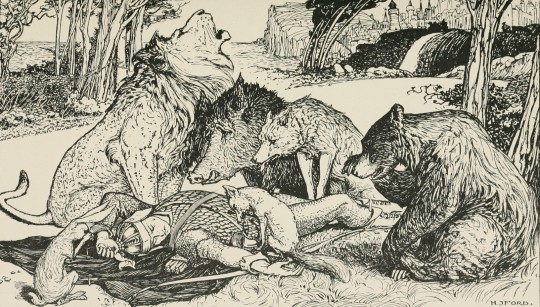
The faithful Beasts wept round the dead body of the Prince, from The Three Princes and their Beasts for Andrew Lang's The Violet Fairy Book by Henry Justice Ford (1906)
#henry justice ford#art#illustration#golden age of illustration#1900s#1900s art#vintage art#vintage illustration#vintage#british art#british artist#books#book illustration#andrew lang#fairy tale#fairy tales#fairytale art#animals#classic art
467 notes
·
View notes
Photo
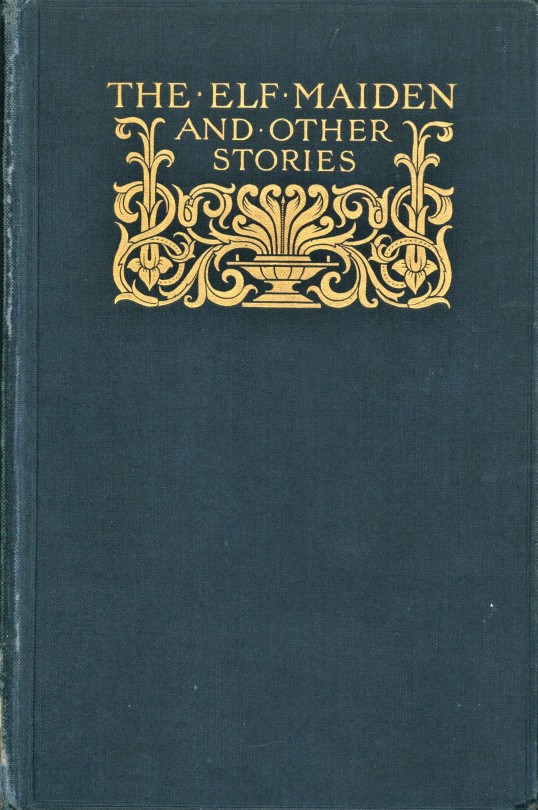

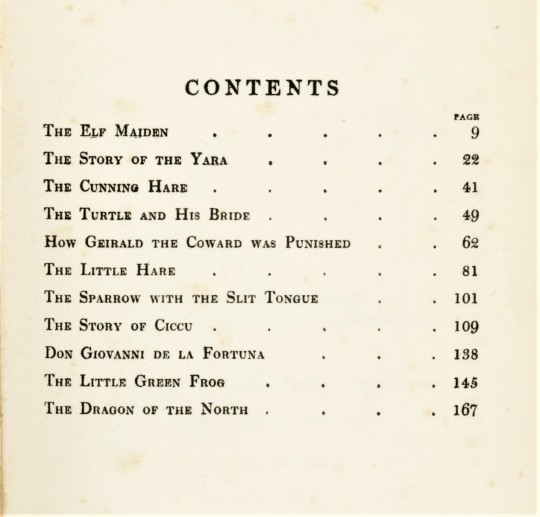

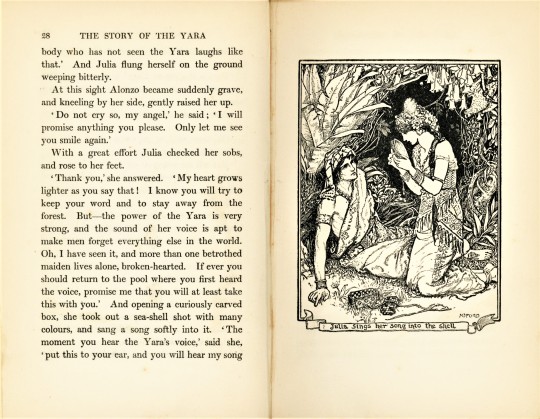


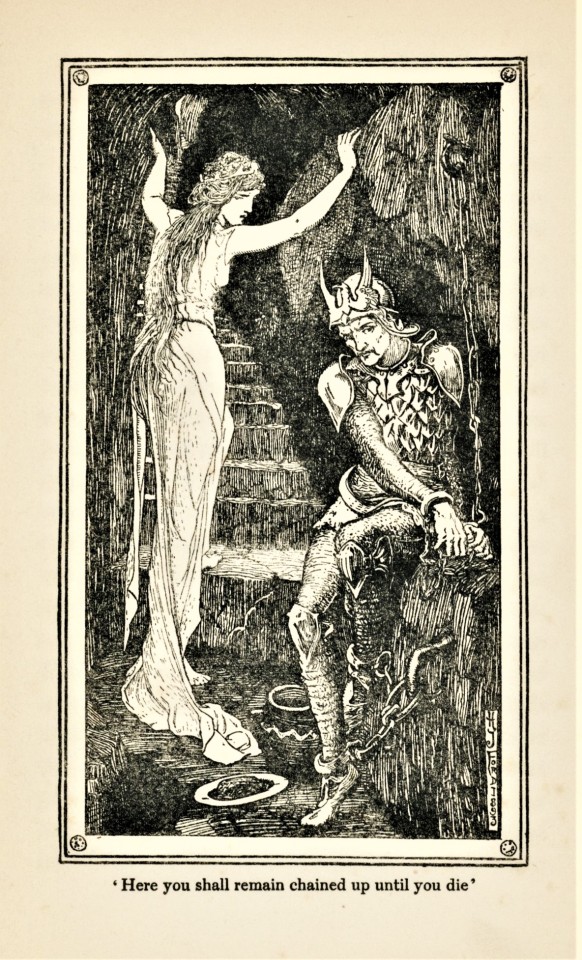
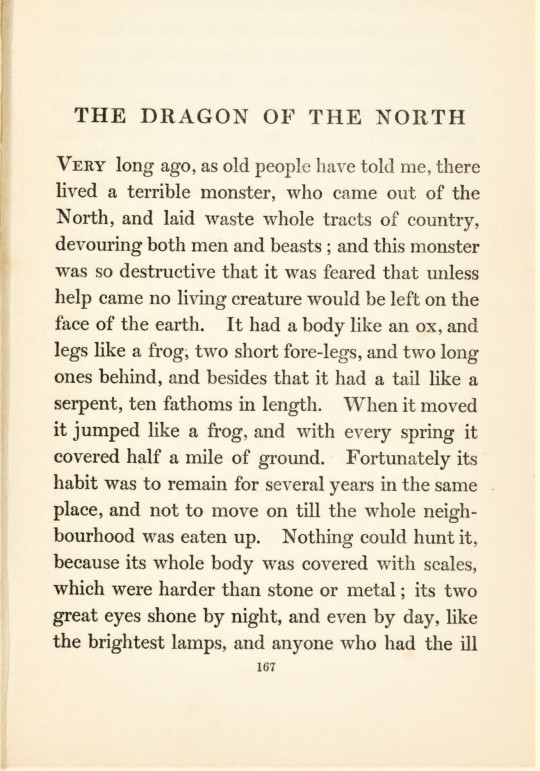

Andrew Lang Fairy Stories
With this semester - and my internship - coming to a close, I wanted to hop back into my wheelhouse for the remainder of my time in Special Collections.
The Elf Maiden: And Other Stories is a collection of eleven tales edited by Scottish poet and novelist Andrew Lang (1844-1912) and illustrated by Henry J. Ford (1860-1941). The book was first published in London and New York by Longmans, Green, & Co. in 1906. The stories in this edition first appeared in three of Lang’s popular “Coloured" Fairy Books: The Yellow Fairy Book (1894), The Pink Fairy Book (1897), and the The Brown Fairy Book (1904). Lang’s Fairy Books were a series of 24 children’s fairy tales, the most popular being the 12 Coloured" Fairy Books, that Lang’s wife, Leonora Blanche Alleyne (1851-1933) helped collaborate and translate.
Lang was considered to be one of the most versatile writers of his time. While he was a poet, historian, journalist, and critic, he was best known for his publications on folklore, mythology, and religion. Lang took an interest in folklore at a young age; he read John Ferguson McLennan before going to Oxford and was heavily influenced by Edward Burnett Tylor.
Henry J. Ford was a prolific and successful English artist and illustrator. While he began exhibiting with historically-themed paintings and beautiful landscapes at the Royal Academy of Art in 1982, it was his contributions to illustrated books that raised him to fame. I was excited to find that he was most famous for the illustrations he provided for Lang’s popular Fairy Books, which captivated an entire generation of children in Britain; these books saw translations and republications during the 1880’s and 1890’s.
View more posts on books by Andrew Lang.
View more posts on fairy tales.
View more posts from our Historical Curriculum Collection.
-- Elizabeth V., Special Collections Undergraduate Writing Intern
#Fairy Tales#Andrew Lang#The Elf Maiden#Henry J. Ford#Longmans Green & Co.#Lang's Fairy Books#Andrew Lang's“Coloured" Fairy Books#folktales#children's books#Historical Curriculum Collection#Elizabeth V.
640 notes
·
View notes
Text

TALES OF TROY AND GREECE by Andrew Lang (London: Longmans, Green, 1907). 17 illustrations by Henry Justice Ford.
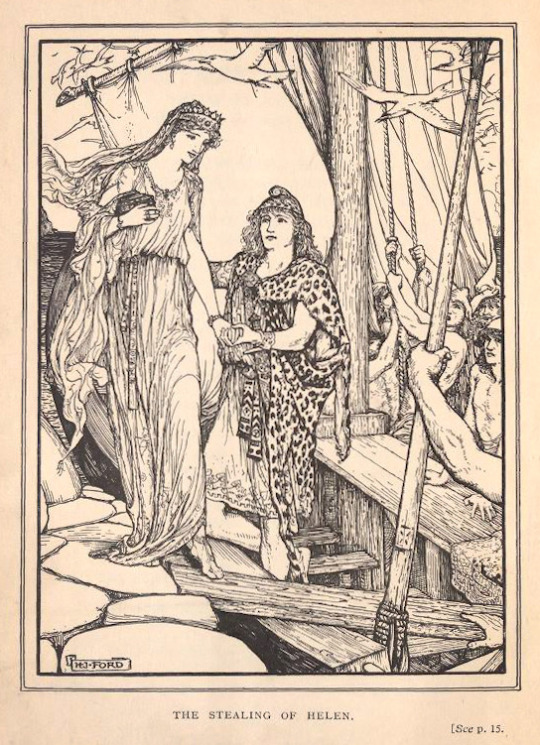
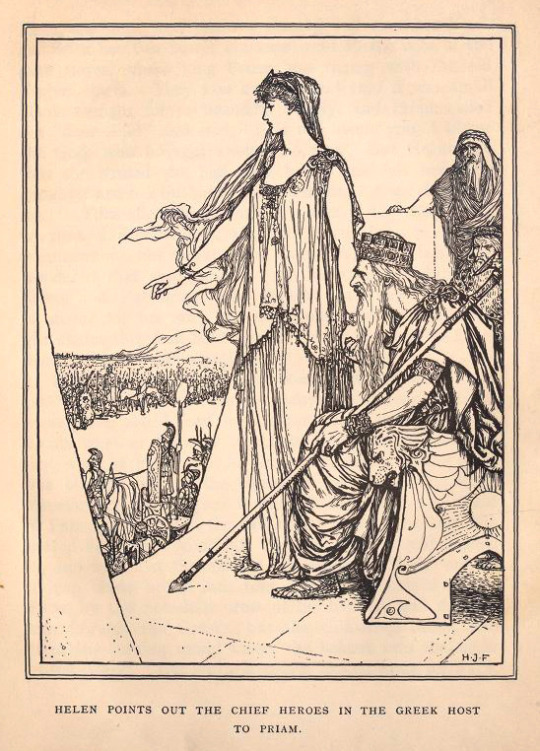
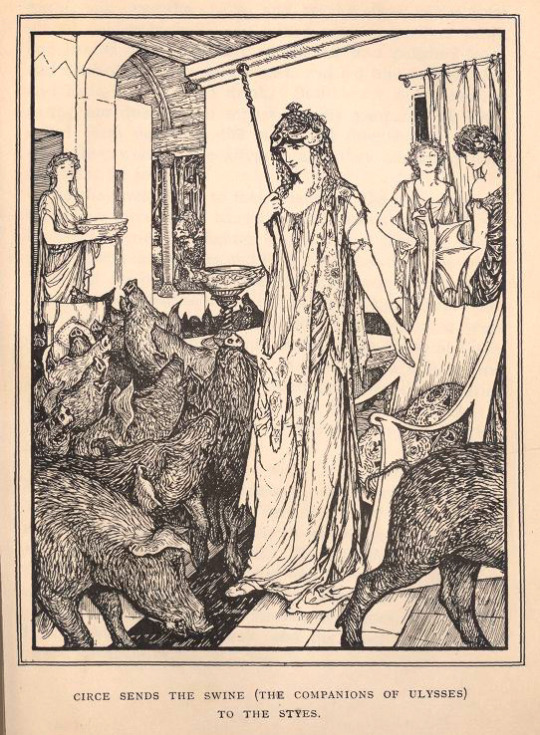
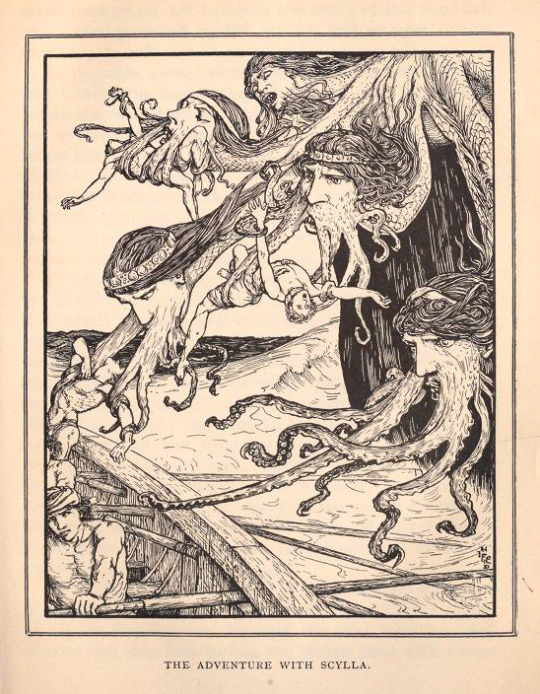
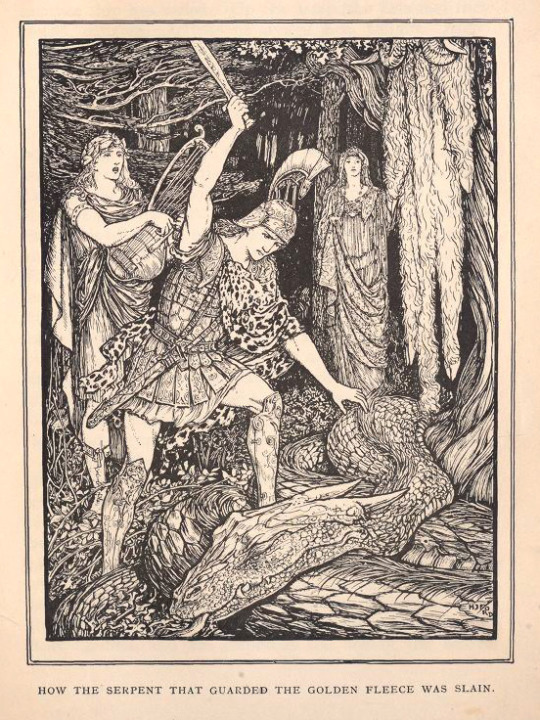

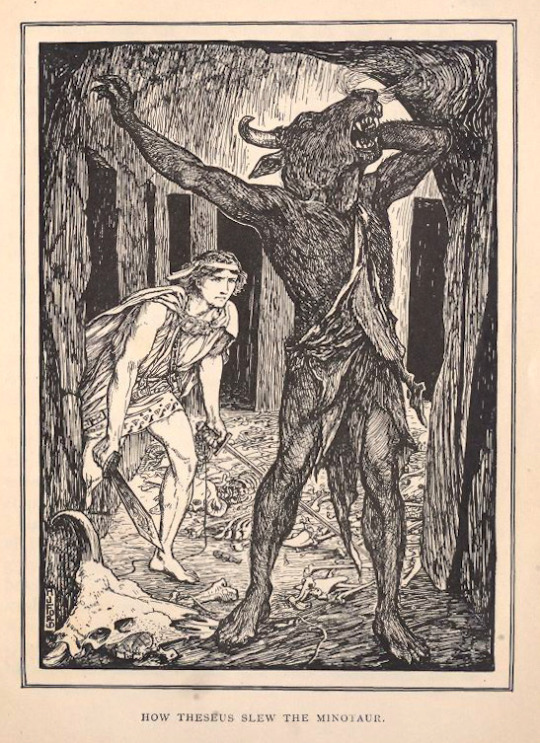

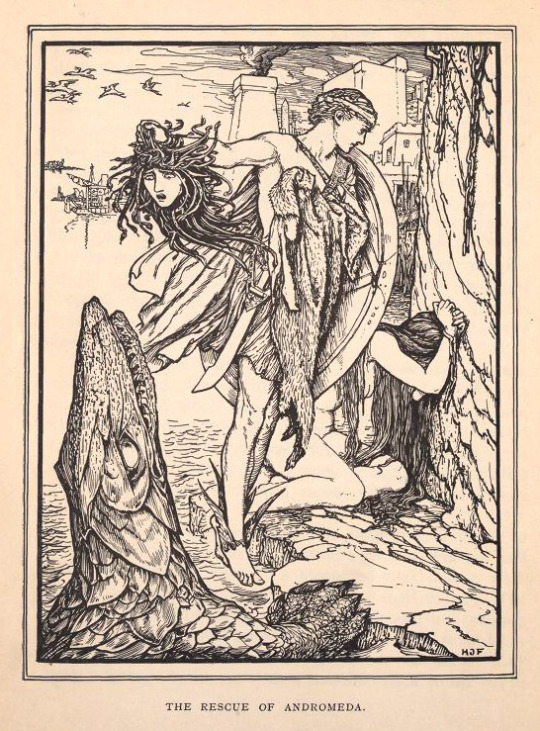
source
#beautiful books#book blog#books books books#book cover#books#vintage books#illustrated book#children’s book#book design#andrew lang#henry justice ford#greek mythology#odysseus#circe#theseus and the minotaur#perseus and andromeda#scylla#mythology
112 notes
·
View notes
Photo
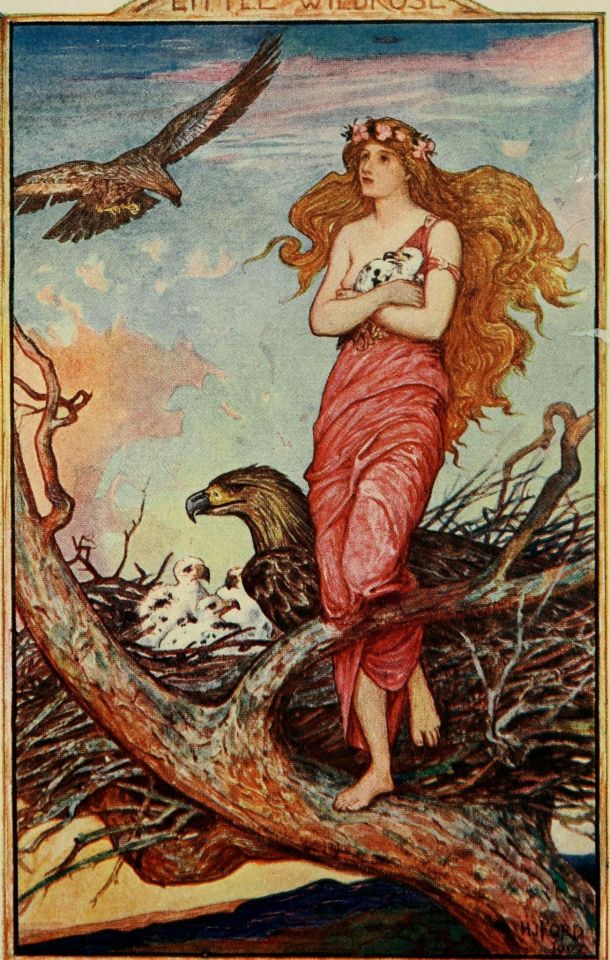
The Crimson Fairy Book, illustration by Henry Justice Ford, 1903
808 notes
·
View notes
Text
my favorite bts photos from season five ❤️









#the walking dead#rick grimes#andrew lincoln#daryl dixon#norman reedus#maggie rhee#glenn rhee#carl grimes#tara twd#rosita espinosa#abraham ford#eugene twd#sasha twd#michonne#twd#twd season 5#twd season five#carol peletier
806 notes
·
View notes
Text
https://lisa-810.tengp.icu/b/DQpl4v6
#cyberpunk 2077#leggings#wrestling#punk aesthetic#pakistan#fnaf movie#Doja Cat#destiny 2#archie andrews#american psycho#colorful moodboard#meth spun#Ford Mustang#nu metal
121 notes
·
View notes
Text
https://victoria-801.mjcyd.asia/z/Az304De
#evli çift#swingers#cyberpunk 2077#leggings#wrestling#punk aesthetic#pakistan#fnaf movie#heeseung#destiny 2#archie andrews#tomomi morisaki#my melody#Ford Mustang#nu metal
131 notes
·
View notes
Text
#ten#destiny 2#archie andrews#tomomi morisaki#my melody#Ford Mustang#nu metal#mommy#mother 3#thick and juicy
124 notes
·
View notes